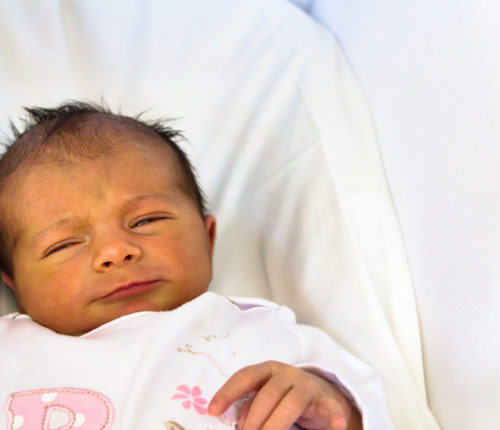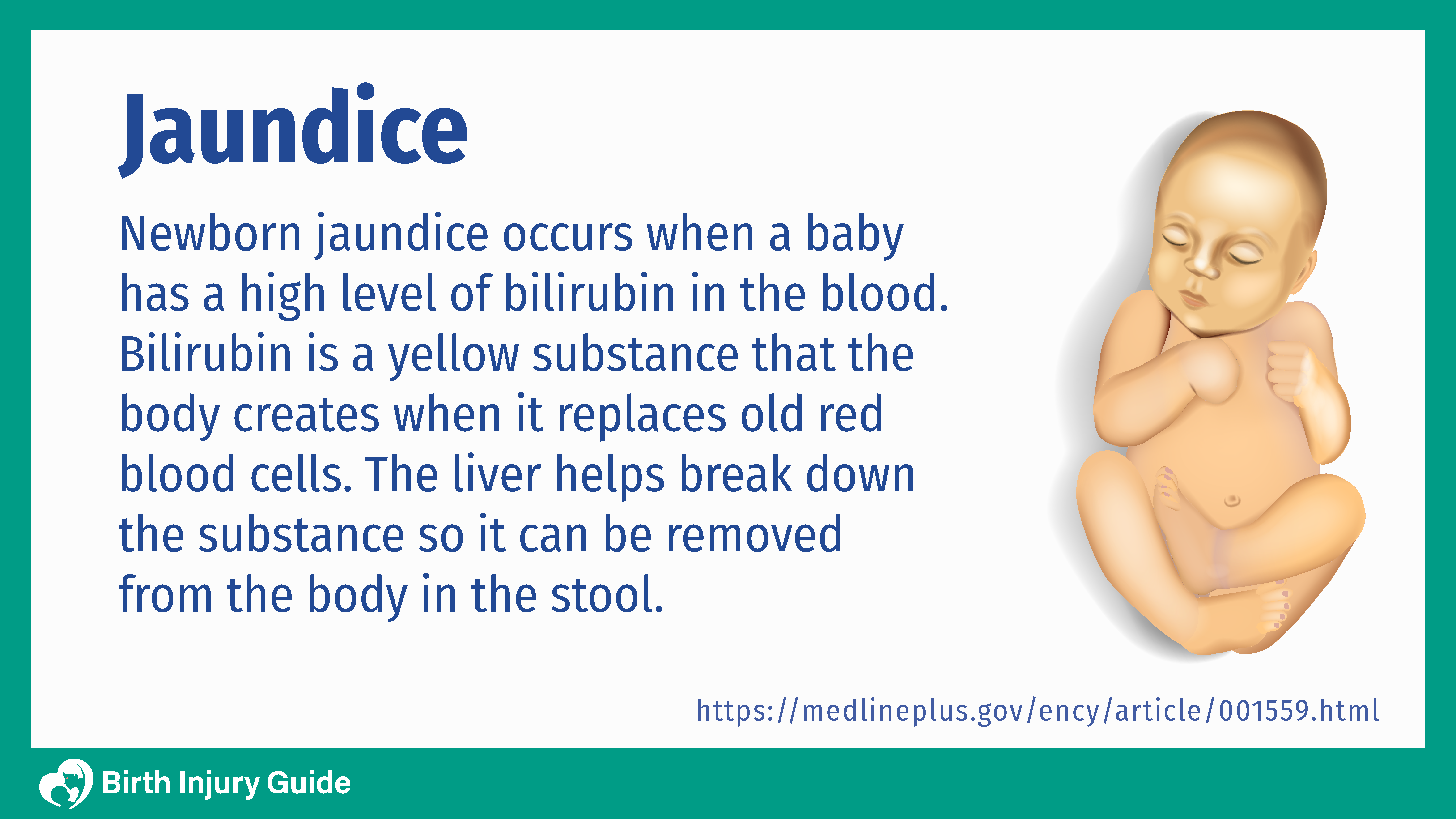
Newborn Jaundice
You may have had a wonderful pregnancy and delivery. Your baby was born normally and healthy, and you were relieved because you know from reading the pregnancy books and websites there are so many things that can go wrong. But after a few hours, your baby turned yellow. The doctor says that jaundice is normal in newborns –just to keep an eye on it. What, exactly, does jaundice mean for your newborn, and could it become dangerous at any point? And what, exactly, is jaundice?
What is Normal Newborn Jaundice?

Doctors say that it’s normal for some babies to have jaundice, and that is true to a point. Jaundice is caused by an increased level of bilirubin in the blood right after birth, causing the skin and whites of the eyes to turn yellow. This yellowing is an indication of increased bilirubin, but it is a poor indicator of the actual level. The only way to truly determine bilirubin levels is through serial monitoring.
During pregnancy, the placenta filters bilirubin from the baby’s blood naturally, and it is broken down by the mother’s body. Once the umbilical cord is cut, the baby’s liver takes over and has to process bilirubin. Sometimes the infant’s liver doesn’t work fast enough to keep up, causing that level of bilirubin to climb until the liver can catch up. Other times, an increase in the breakdown of red blood cells in the baby’s body can cause bilirubin levels to rise.
Because of these factors, it is natural for babies to have an increased bilirubin level until the liver starts working normally. It’s only when the bilirubin surpasses the “normal” threshold that jaundice becomes a problem.
What Causes Abnormal Jaundice?
Some causes of jaundice have less to do with the liver not being able to keep up with its new job and have more to do with your infant’s special circumstances. Special circumstances that your child may have include:
- Prematurity
- Abnormal blood cell shapes (such as sickle cell, which generally develops around six months of age)
- Incompatible blood type between the mother and the baby (such as the mother having type O and the baby having A, B, or positive blood)
- Bleeding under the scalp due to a difficult delivery, such as caput succedaneum or cephalohematoma
- Higher levels of red blood cells (common in twins and under-sized babies)
- Infection
- Enzyme deficiencies
Your child may even have normal newborn jaundice, but the jaundice may get worse if the child is struggling from a number of other special circumstances such as: infection or taking medications due to related infection, congenital diseases, hypoxia, or other genetic or inherited disorders.
How Does Jaundice Affect Children?
Newborn jaundice usually develops for a child that is 2-4 days old and may last for as long as two weeks, decreasing gradually over that time. It’s important to keep an eye on this because if the level of bilirubin is increasing instead of decreasing, the infant may have hyperbilirubinemia, a serious condition that leads to Kernicterus – a condition that may cause more serious damage.
What is Kernicterus?
Kernicterus occurs when the levels of bilirubin climb so much in the blood that it enters the brain tissue and begins to cause brain damage. Some consequences of Kernicterus can be slight, but others can be as serious as intellectual disability, cerebral palsy, loss of hearing or sight or even death. Alert your doctor to the baby’s jaundice within the first 24 hours and the doctor will be able to test the baby to see if your baby has normal newborn jaundice, or if the baby has a number of special circumstances that could lead to Kernicterus.
You should also know that it is standard protocol for bilirubin levels to be checked during your newborn’s hospital stay. If bilirubin levels are not checked during this stay, it could be a sign of medical negligence.
Treatment for Newborn Jaundice
The first thing that you must do is to consult your doctor about the jaundice. Most newborn jaundice will go away on its own without treatment in 1-2 weeks, decreasing gradually on its own. You may have to monitor the jaundice through a number of seemingly extreme demands. You may need to increase how often you’re feeding the baby. Also, you may need to count the number of wet or dirty diapers.
Treating jaundice generally begins with increasing feedings and initiating phototherapy. Phototherapy lights are specialized lights that cause ‘photo-oxidation’, which adds oxygen to bilirubin molecules. This makes it easier for the baby to get rid of bilirubin through urine output.
If phototherapy does not work, the next step is IVIG, which is immunoglobulin (a protein) that can be introduced to the baby via injection. IVIG binds to the bilirubin to prevent it from entering the brain.
If these steps do not work, the last resort is to replace hyperbilirubinemia blood with normal-celled blood. This treatment involves a blood transfusion.
What is the Prognosis for Jaundice?
Most normal newborn jaundice goes away at a gradual rate, leaving no long-term effects on the child. If your newborn’s jaundice has escalated to Kernicterus, however, there are a number of severe long-term consequences. These range from learning disabilities and ADHD to more severe intellectual disabilities, cerebral palsy or even death.



